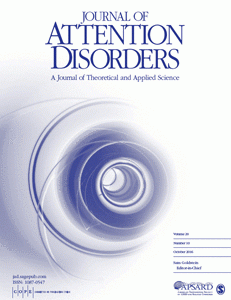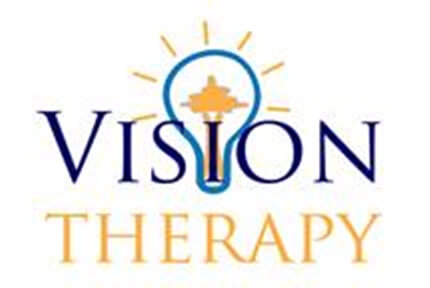We have previously blogged about how vision problems have similar symptoms as AD(H)D, and how to tell the difference between the two. A recent study discusses how treating convergence insufficiency, a common eye-teaming dysfunction, can result in reduction of attention deficit symptoms.

Behavioral and Emotional Problems Associated With Convergence Insufficiency in Children: An Open Trial. The paper is co-authored by Eric Borsting, G. Lynn Mitchell, L. Eugene Arnold, Mitchell Scheiman, Christopher Chase, Marjean Kulp, Susan Cotter, and the CITT-RS Group (CITT-RS stands for “CITT-Reading Study”).
Objective: This study investigated behavioral and emotional characteristics of children with convergence insufficiency (CI), before and after treatment with office-based vergence accommodative therapy (OBVAT). Method: Parents of 44 children ages 9 to 17 years with symptomatic CI completed the Conners 3 ADHD Index and the Child Behavior Checklist (CBCL) before and after OBVAT. Pre-treatment scores were compared with normative data and post-treatment scores were compared with baseline using the Wilcoxon sign rank test. Results: Following OBVAT, CI children showed a significant mean improvement (p < .0001, effect size of 0.58) on the Conners 3 ADHD Index with the largest changes occurring in the 23 children who scored the highest at baseline. On the CBCL, anxious/depressed, somatic, and internalizing problems improved significantly (p < .001, effect sizes of −0.36, −1.15, and −0.67, respectively). Conclusion: In an open trial, attention and internalizing problems improved significantly following treatment for CI.

